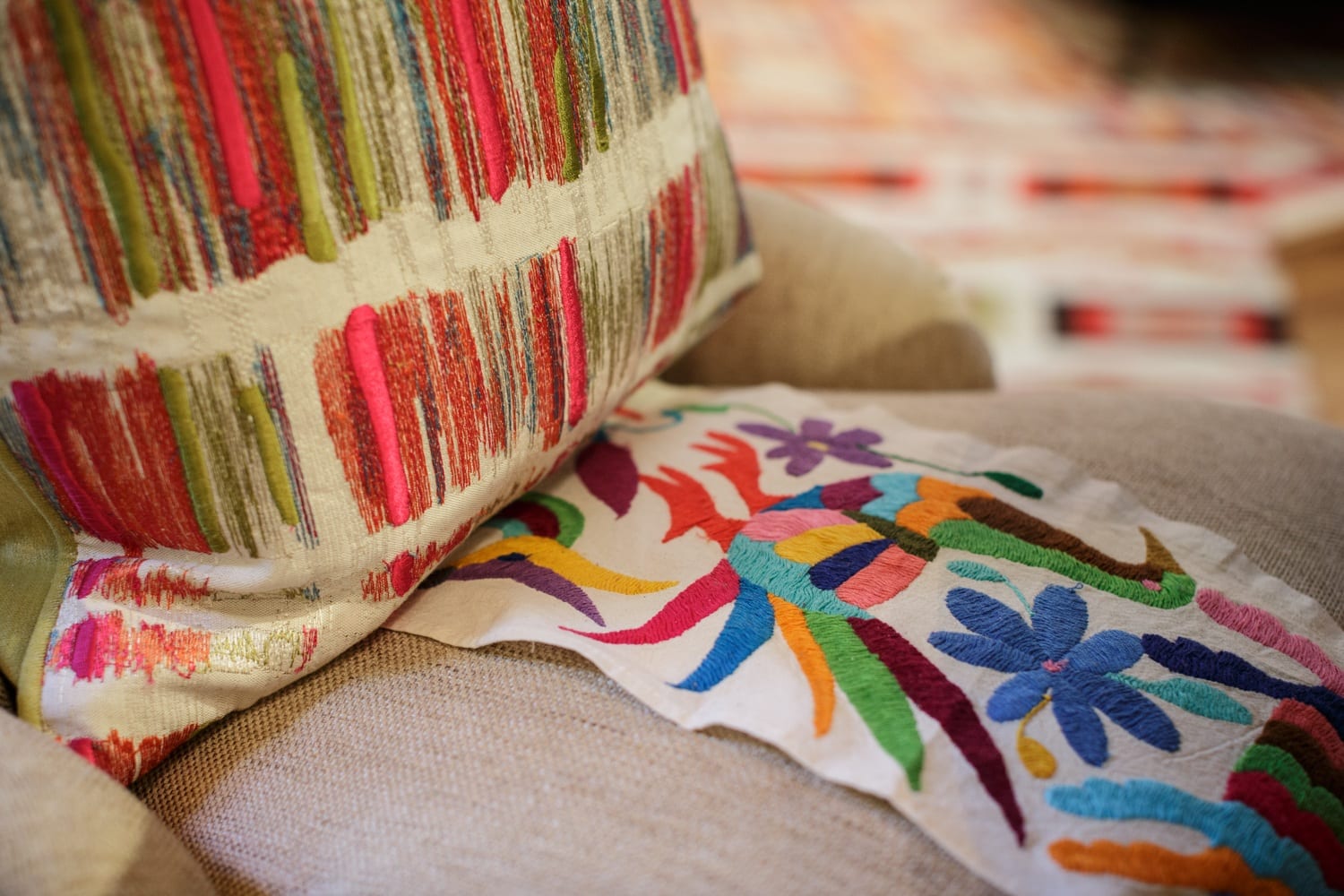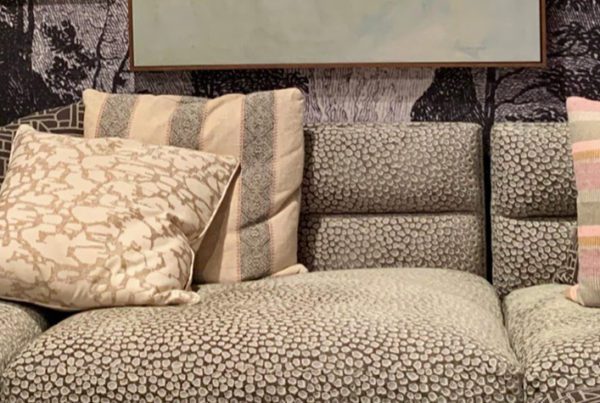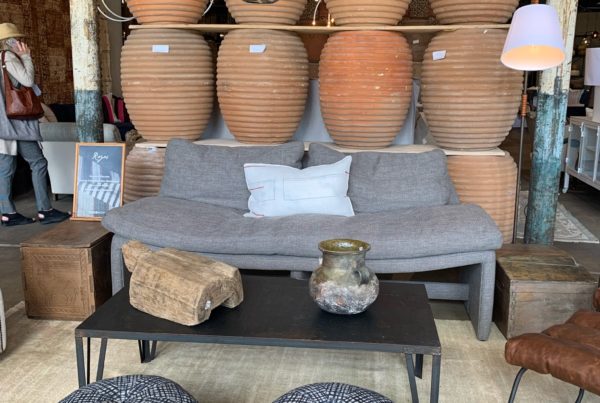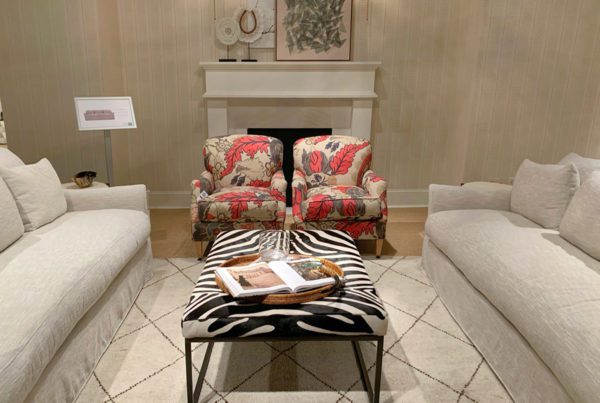A Simple Guide to Pulling A Room Together
When working on a new design project, I’m often asked, “Where do I start? What do I do first?” For me, a design project always starts by meeting the client in their space. Design, first and foremost, is about a person (or a family) in their space. One of the most immediate ways a space speaks to the people who enter it is through the fabric used.
I look for visual inspiration for the feel of the space. Are there pieces my clients love? How is the space going to be used? One thing I’ve learned in my years of designing is that most people have eclectic tastes which has been collected over the years. Pulling those tastes together, finding the common thread and weaving a story with the objects can make an average room sing.
A good designer can look at a life collected and help you realize it better than you imagined.
When I meet with a client, I begin looking for the ‘inspiration piece’ that defines the direction of the room. It could be a leather chair, or a rug found on a special trip. It could be a painting received as a gift… the possibilities are endless. But once I have the piece, I use it to define the direction of both the colors and patterns for a room. There are no hard and fast rules with colors, so I experiment. Lots.
I also experiment with furniture too. The way it’s combined. Most people have a combination of old and new furniture. How do those pieces work together to tell a story?
Design 101: Fabric Inspiration Trays
As a designer, I have the luxury of poring through thousands of fabric samples to find the perfect patterns and textures for my clients. When I build a Fabric Inspiration Tray I start with what I call a ‘keystone fabric.’ This fabric embodies the qualities of the inspiration piece. The subsequent fabrics, colors, and patterns all expand on the keystone fabric in some way.
But even if you don’t have a ‘Keystone Fabric’ to work with, you can still take the idea and look at your room with new eyes.
When I build a Fabric Inspiration Tray, I start with what I call a ‘keystone fabric.’

Connect the pieces in the space
Look at your room as a whole (not just the pieces in the room).
Take pictures of your furniture, accessories, and artwork. Print them out and place them on a table (or tray) and examine them. If you’ve got bits of fabric on hand that you’re currently using, or that you’d like to use, pull them out.
How do the pieces connect? What is their function? Is there a common thread?
Do you have a favorite piece? Make that your ‘inspiration piece.’ Look for colors and fabrics that draw attention to your inspiration piece.
Application
Good places to use your keystone fabric include:
- Draperies
- Pillows
- Bedding
Pull colors and patterns from across the room to connect to each other. No one element should stand out too much or overshadow the others.
Remember, there are no hard and fast rules here. You can choose colors that are in the same family, or contrasting colors. Let your imagination run wild, and discover what ‘pops’ for you!

Mix and Match
Do you have several small pieces of art? Group them together as one larger unit. Mix large and small patterns. Or use similar patterns in different places around the room. If you have a combination of old and new furniture, pair the old and new together. The main concept here is to have a unified flow to the room.
Sometimes something as simple as replacing (or adding) the pillows can give a room a new, vibrant feel.
Speaking of pillows – in my next blog post, we’ll learn how pillows can turn a room from average to exceptional.






Well again, Heather you made perfect sense of all those favorite colors into a color theme to design a room from. Thanks!
Loved reading about your process. Great blog, thanks for sharing!